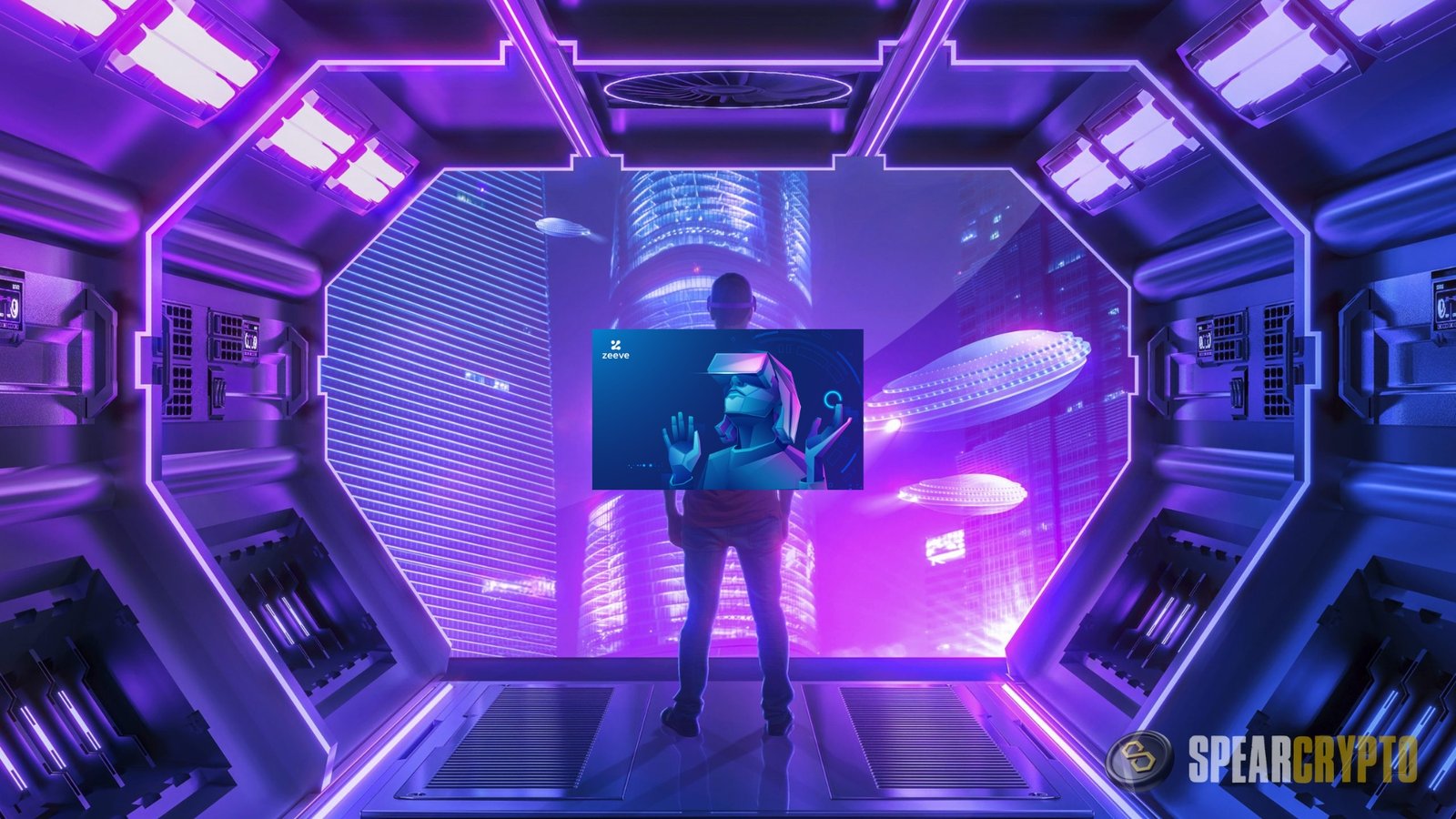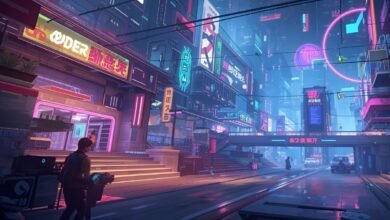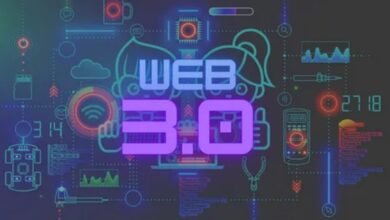
Web3 Games that leverage distributed ledger technology to provide more openness, security, democratization, and user agency over in-game assets are called Web3-based or blockchain games. Web3 games incorporate cryptocurrency and nonfungible tokens (NFTs) built on the decentralized, peer-to-peer blockchain infrastructure. Participants may now buy, sell, and exchange digital assets like NFTs directly on the blockchain without an intermediary. Decentralized markets use smart contracts for asset management and trading.
Decentralization offers several distinct advantages for the gaming business and users. The play-to-earn (P2E) paradigm, in which players earn bitcoin for playing and leveling up in games, originated from decentralized gaming and is associated with blockchain’s greater transparency and security. Web3 gaming’s developments, such as the metaverse, crypto-secured game wallets, and decentralized autonomous organizations (DAOs), bolster the gaming industry’s financial power.
How do Web3 Games Work?
Thanks to blockchain technology, players in Web3 games can acquire, trade, and use in-game assets and currencies outside of the game. This allows decentralized ownership. Smart contracts and cryptocurrency payments are also commonly used to provide transparent and safe transactions.

Compared to more conventional, controlled gaming platforms, Web3 games built on decentralized blockchains offer more user control, security, and transparency. Verifiable algorithms, not centralized servers, decide game results, thanks to blockchain technology, which creates an immutable record of all transactions. Web3 games also use smart contracts, which are pre-programmed to carry out certain activities in response to particular events, like when a player purchases or sells an item. They oversee in-game asset ownership, transfer, and trade in Web3 games.
Web3 gaming systems allow users to store their in-game assets and collectibles in digital Bitcoin wallets. The game design relies on cryptocurrency wallets, which are essential for interacting with blockchain-based services. Furthermore, players can own and sell virtual things or currencies within the game. These assets are recorded on a blockchain and can be readily exchanged or transferred. NFTs or other digital assets frequently represent these assets.
Developers and gamers in Web3 games frequently work closely together, creating unique content. The platform’s decentralized design encourages more community feedback and involvement, which can influence the game’s future. Gaming DAOs, which administer gaming communities and decentralized gaming platforms, assist in creating a player-driven gaming ecosystem. Grant DAOs, gaming guilds, incubators, and accelerators are all forms of gaming DAOs.
Unique Features of Web3 Gaming
Web3 gaming has several advantages over conventional centralized gaming systems, such as more control and transparency. First, no centralized third party limits or hides access in Web3 games; instead, all information is made available to the participants through peer hosting. This results in tremendous transparency. Players can easily access these games. Anyone may buy cryptocurrency and set up a wallet to begin playing, regardless of their level of technical knowledge.
One major perk of blockchain-based gaming is the increased agency it grants players over. Their virtual possessions, including real estate, money, and personalities. With Web3 technology, gamers may take charge of their experience, own and exchange digital goods (some of which have real-world value), and more.

At the same time that it offers new ways to monetize games, Web3 gaming also enables creative in-game economies that compensate players for their gaming talents. For example, in play-to-earn (P2E) games, players can earn real money for in-game accomplishments such as mission completion as they play. As a result, the ecosystem can become more stable and trustworthy for gamers and developers.
Web3 gaming also guarantees that more games and systems can work together. Players have the freedom to use their assets in a variety of situations and can effortlessly trade or move them between games. Web3 game creators demonstrate how a new gaming ecosystem thrives on tailored player experiences by emphasizing immersive, engaging gaming processes with optimal incentives for players. Many players are highly motivated by the P2E paradigm, and games are frequently created with the player as the primary focus.
Risks of Web3 Gaming
The Web3 game area is still in its early stages, so despite its potential allure, there are many obstacles to overcome. User adoption and general acceptance are not without their challenges. For players who aren’t familiar with cryptocurrency, Web3’s interfaces can be challenging to navigate. Developers and communities are responsible for informing players of the benefits of Web3 games and spreading the word about them.
Decentralized networks on which Web3 games are designed are inherently safer than centralized ones. Theft or loss of in-game assets is still possible in Web3 games due to the prevalence of hacking and cyberattacks. Protecting one’s private keys and storing digital assets in a safe cryptocurrency wallet are two things that gamers should do.
On top of that, you could end up missing out on the “fun” part of the game that makes it worth playing. The primary goal of Web3 games can be monetary rewards rather than player enjoyment. To compete with the dominant Web2 studios and draw in a larger audience. Web3 game designers must make engaging gameplay a top design priority.
Finally, there is a regulatory risk, as the regulatory and legal landscape for Web3 games is constantly changing. Taxation, licensing, and Anti-Money Laundering rules could be murky. Both developers and players need to be alert to these dangers and do their best to follow the guidelines.
Examples of Web3 Games
Modern Web3 gaming environment features numerous blockchain games and decentralized applications (DApps), such as CryptoKitties, Axie Infinity, and Decentraland. Despite their differences, all these games typically use blockchain technology, creating fresh. The exciting gaming experiences were previously impossible on centralized, traditional platforms. Some games that use Web3 technology include these:
- A pioneer among Ethereum-based games, CryptoKitties allows users to amass, breed, and trade one-of-a-kind virtual cats. Thanks to blockchain technology, each virtual cat in the game is guaranteed to be one-of-a-kind and owned by its owner.
- Axie Infinity is a metaverse game inspired by Pokemon that allows users to earn tokens by collecting, raising, and battling creatures called Axies. It is built on the Ethereum-linked Ronin sidechain created by Sky Mavis. Axies and other in-game assets can be owned and traded using Web3 capabilities.
- By utilizing blockchain technology, users in the Sandbox can create and trade digital currencies, in-game items, and virtual worlds.
- Decentraland is an online platform where users may build, explore, and make money from their unique virtual worlds.
- Gods Unchained is a digital collectible card game that employs blockchain technology to allow players to own and trade their cards. The game leverages the Ethereum blockchain to assure the authenticity and scarcity of its digital cards.
Future of Web3 Gaming
Web3 gaming has a bright future, with new ways for developers to make money and for players to fully own. The assets and currencies they use in games. Blockchain technology has revolutionized the gaming industry by decentralizing the business and introducing new forms of monetization that prioritize social and community-oriented gaming experiences. This, in turn, has improved the entertainment and social aspects of gaming.
Because Web3 games cater to diverse demographics and provide unique experiences, they cannot entirely supplant traditional games. Nevertheless, Web3 games offer fresh gameplay experiences while also having the ability to open up new avenues of profitability for the gaming business. As Web3 gaming infrastructure and technology improve, developers and gamers will have more opportunities to participate in the decentralized gaming ecosystem, more inventive and engaging games, and a rise in cryptocurrency payments.









